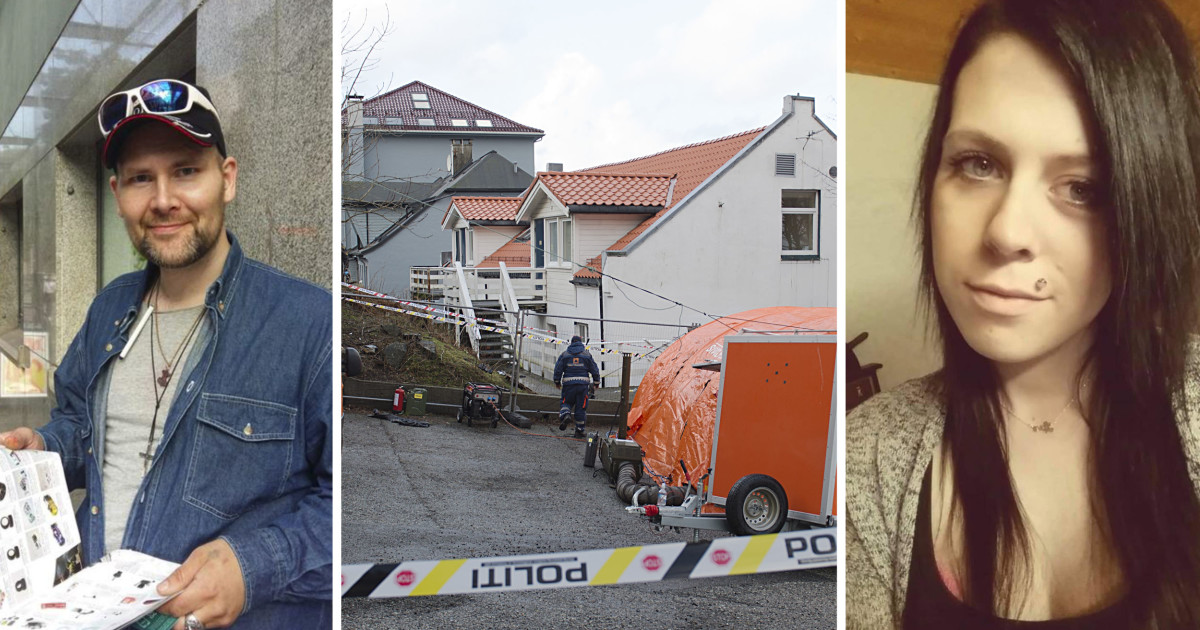Discussion post This is an introduction to the discussion, written by an external contributor. The publication expresses the opinions of the writer.
We who work in forests are surprised that the carbon stored in ancient conifer forests is presented as a stable carbon store. At the same time, the media regularly report news of storms, fires, droughts and insect attacks affecting ancient forests.
Now that the climate is about to change with more frequent storms and longer periods of drought, we clearly see the challenges of the carbon store made up of ancient trees.
European forests were heavily exploited from the 17th century until the end of the 20th century. Across the continent, major reforestation programs were established throughout the twentieth century, especially after World War I. The dramatic increase in forest area and forest size that occurred in Europe began at that time. The increase continued. In the period 1990-2020, the forest area in Europe increased by 10 percent.
Read also
Forest owners should make more money by capturing and storing carbon dioxide
In Norway, we started building up forest resources again in the interwar period. This gained particular momentum after World War II. Over the past 100 years, the size of Norwegian forests has tripled, and is now returning to pre-industrial levels.
But no tree can grow in the sky. While a sum of money can stay in the account and earn compound interest for an unlimited amount of time, the forest will eventually grow old. With aging, vitality decreases. Growth is impaired and we get more natural death.
In an announcement on the nrk.no website dated March 3, NRK stated this The significant net uptake in Norwegian forests is decreasing. NRK points to a study showing the same trend at the European level. The decrease in net absorption is said to be caused by logging, lack of afforestation and forest death. This is true, of course.
Net carbon uptake is necessarily gross uptake minus logging and natural death. But in the article, NRK ignores the background of this decline: the large accumulation of forest volume is now flat for quite natural reasons, because the forest that was created long ago is now old. With climate change, this change is accelerating.
Read also
The forest is not a money machine
It is entirely possible to increase the growth and thus assimilation of Norwegian forests, by replacing old forest with new, better-growing forest. But the problem is that the effect appears over time. Climate agreements and models already have their own measurement points in 2030 and 2050. This does not fit well with the slow rate of forest turnover. Then—retrospectively enough—reducing logging might seem like the only way to maintain grid connectivity in the forest.
It is a rather incredible scenario: the growth of Norwegian forests will decrease and natural death will increase. This can be compensated for by reducing the impact. When net consumption declines further, you can cut back less. In the end, no record remained.
Wood that is no longer removed can be gradually replaced with oil, steel and concrete. When this is driven by the fact that we are getting more and more ancient forests, one can consider whether this future carbon store is likely to be more or less stable.
The debate about forests today is troubling. Global consumption of oil and coal is increasing. Some conservation forces will address this by using less carbon-cycling raw materials. Whoever can understand it.

“Explorer. Unapologetic entrepreneur. Alcohol fanatic. Certified writer. Wannabe tv evangelist. Twitter fanatic. Student. Web scholar. Travel buff.”




